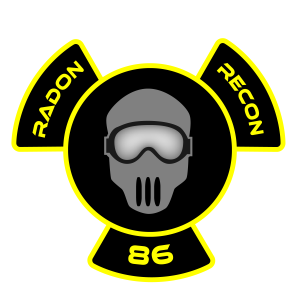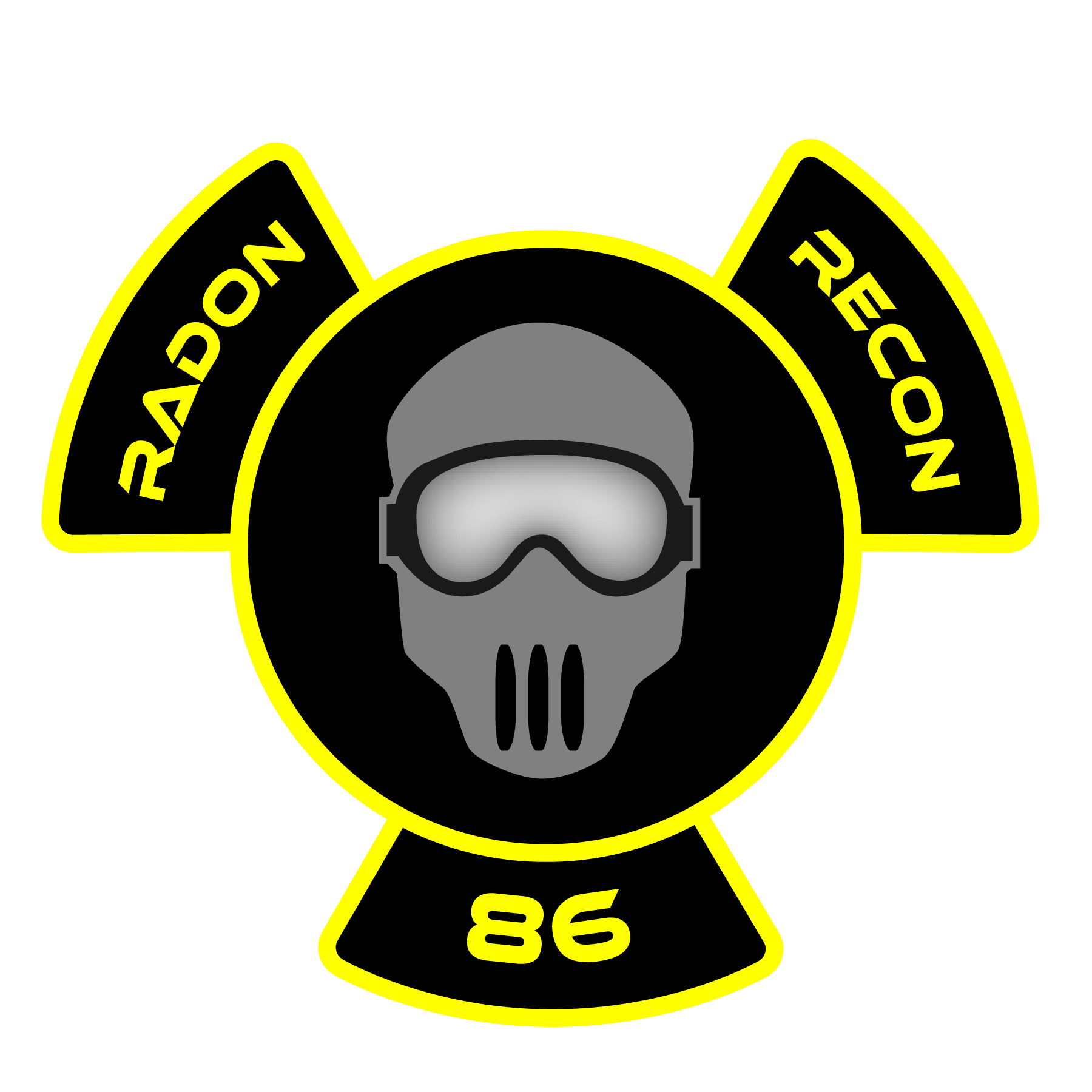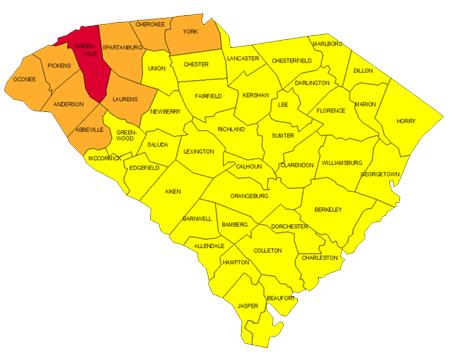Our Mission: To Measure and Mitigate Radon
What is Radon
Radon is a naturally occurring element on the periodic table, specifically #86. It's a colorless, odorless, and tasteless gas that is produced from the radio active breakdown of uranium and occurs widely in our soil.
Why Be Concerned
Radon is known to cause cancer. In fact, Radon is the second leading cause of lung cancer in the U.S. Prolonged exposure to a radon level of 4 pCi/L could result in 7 cases of lung cancer out of every 1000 people.
Greenville's Risk
Greenville County is in the EPA’s red zone - which means homes have a higher probability of testing at 4 pCi/L and above. If your home tests at this level mitigation is necessary.
Follow the two steps in our mission for piece of mind: measure and mitigate.
There are several test methods available for radon testing, ranging from 2 days to 90 days in length. Watch this brief video from Dr. Roberta Bondar for more information about Radon and the importance of testing.
If your test shows a level of radon in your home that warrants mitigation, don’t panic! Radon is relatively easy to mitigate with either passive or active systems. Depending on where radon is entering your home and the level of radon present will determine which type of mitigation system will be required. Generally accepted guidelines for mitigation:
4 pCi/L and above
Mitigation is required. Test levels at 4 pCi/L and above are generally enough for prospective home buyers to walk away from closing unless mitigated.
2 - 4 pCi/L
Mitigation should seriously be considered at this level. It's important to talk to a certified radon mitigation contractor to determine the best course of action.
Below 2 pCi/L
Radon is difficult to mitigate to levels below 2 pCi/L, and while no level is radon is safe, test results at this level should be periodically re-tested.


